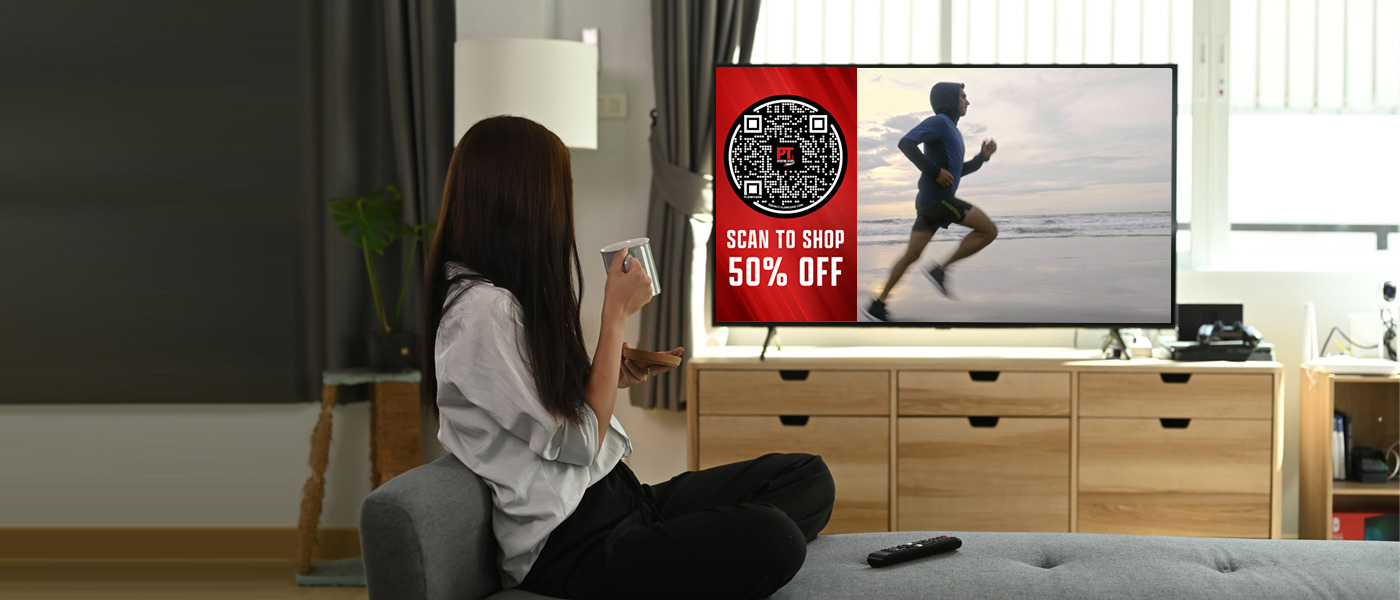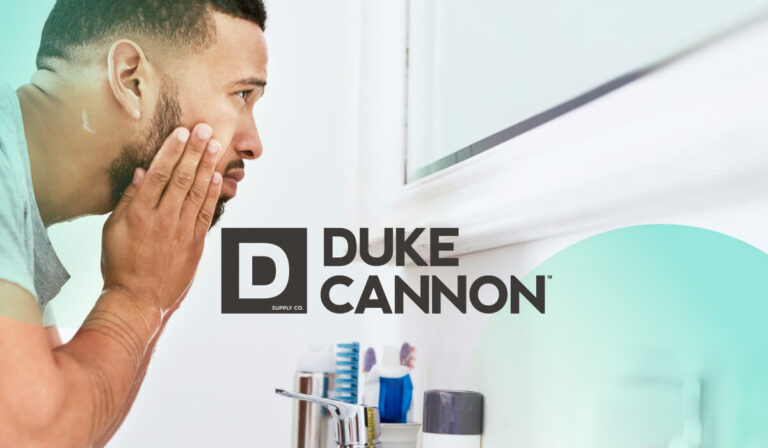Advertising should drive awareness, create interest, influence action, and solve a problem. That’s a tall order to do all of that on a TV screen within about 30 seconds. You’ve only got two seconds if it’s on display advertising. If you thought time was a challenge, it’s next to impossible to achieve all of your objectives, or even one of them, if the audience targeting is inaccurate. And finally, marketers are faced with an environment where most of us are hit with thousands of messages every day! How can a brand breakthrough that clutter to create meaningful customer connections in an always “on” world with short attention spans? The answer might be in looking at creative differently, and thinking about video spots as the “front door” to new consumer discoveries.
The first few seconds of retooled TV creative might be better viewed as a “front door.” This door leads to a deeper, more informative consumer experience. By giving the viewer a reason to come through the door, and having a very specific “ask”, you invite them to take the next step in building a personal connection with the brand. That moment of engagement is the beginning of brand intimacy.
One of the easiest, and yet least applied, ways to achieve this “front door” moment is through the use of the good, old quick response code. Quick response, a.k.a. QR codes were introduced in 1994 to track inventory through a multi-symbol image. Almost 28 years later, the QR code has been revitalized and is starting to have its most important moment in the marketing spotlight. Pre-pandemic, one would be hard-pressed to find someone engaging with QR codes. However, over the past couple of years, smart marketers have been upgrading their creative, and aligning the storytelling value of a 30-second spot, with a digital call-to-action, camped out on a consumer’s TV screen.
In fact, we (GroundTruth) partnered with a major brand just last month that wanted to run their 30-second spot on CTV, targeting pet owners. To tie the ad and the brand’s wealth of pet-related online content, we added a QR code to the ad which read “Learn how to keep your pet safe”. It was positioned on the top border of a custom QR code that was embedded into the video. Suddenly, what was originally an awareness commercial about healthy pet food, was now an invitation to learn more about how to keep pets safe, happy, and healthy. All of this may seem simple, but yet very few “early” adopters have taken advantage of this unique engagement technique. They are the ones who are profiting from building “on the spot” customer relationships and inviting them to have a deeper brand experience.
Can QR Codes Save Linear Advertising?
The humble QR code has the potential to help revive static advertising channels such as linear TV. A 30-second spot can be the entry point to an entirely new model for commerce, simply by moving a viewer from passive to active through a “hold your camera up” moment. Adding QR codes to DRTV spots can also revolutionize data capture and accelerate engagement. Lastly, the QR code can revitalize the time honored offer of a “product sample” offer, while helping brands build powerful first party data.
While linear TV continues to lose viewers, CTV continues to rapidly expand in usage. The advantage of CTV is in the audience targeting, ensuring zero waste in the impression, and a chance to take someone on a deeper brand journey about something they care about. In combination, both linear and CTV can expand brand reach and engagement, and leverage QR codes for an invitation to a deeper experience. Understanding how to move consumers from awareness to engagement has been a vital marketing principle for a long time. With personalized digital advertising moments and something as “old school” as the QR code, we believe that we are on the doorstep. All we need to do is invite viewers, and savvy marketers, to “step-through” the front door.






